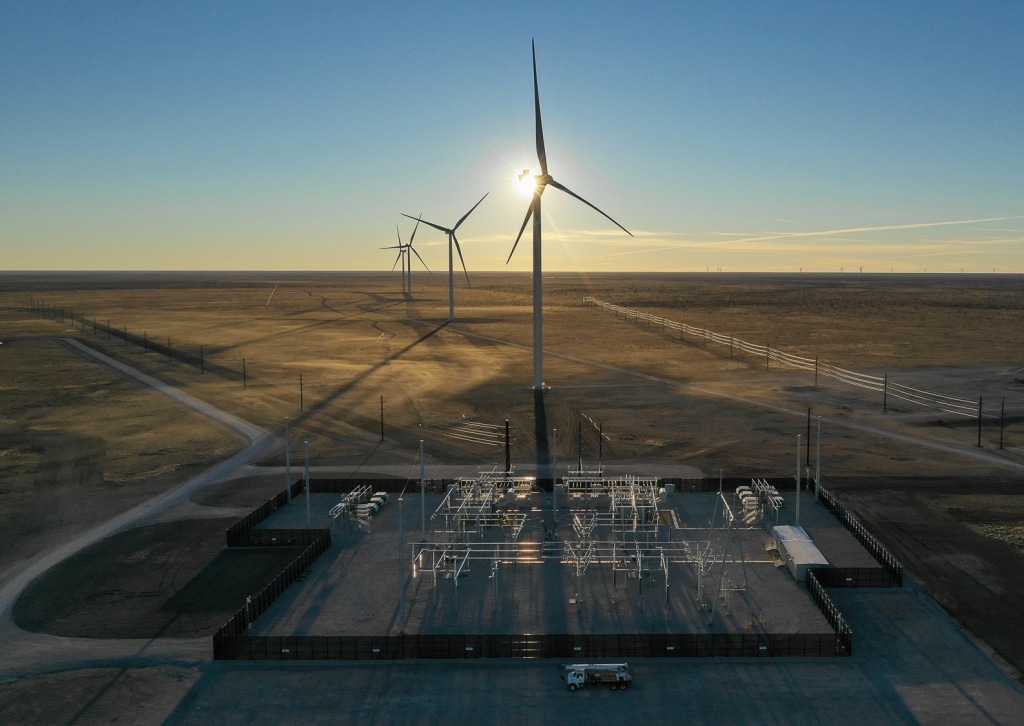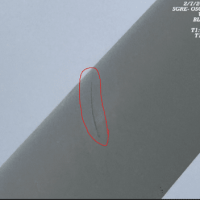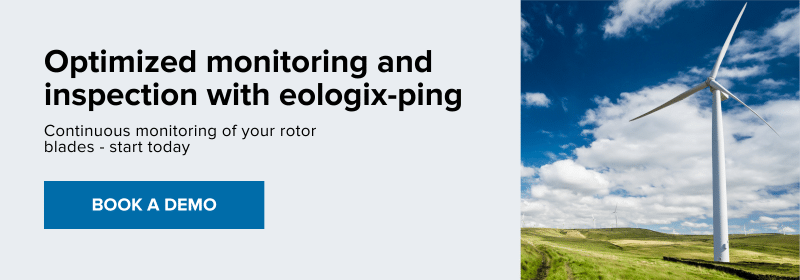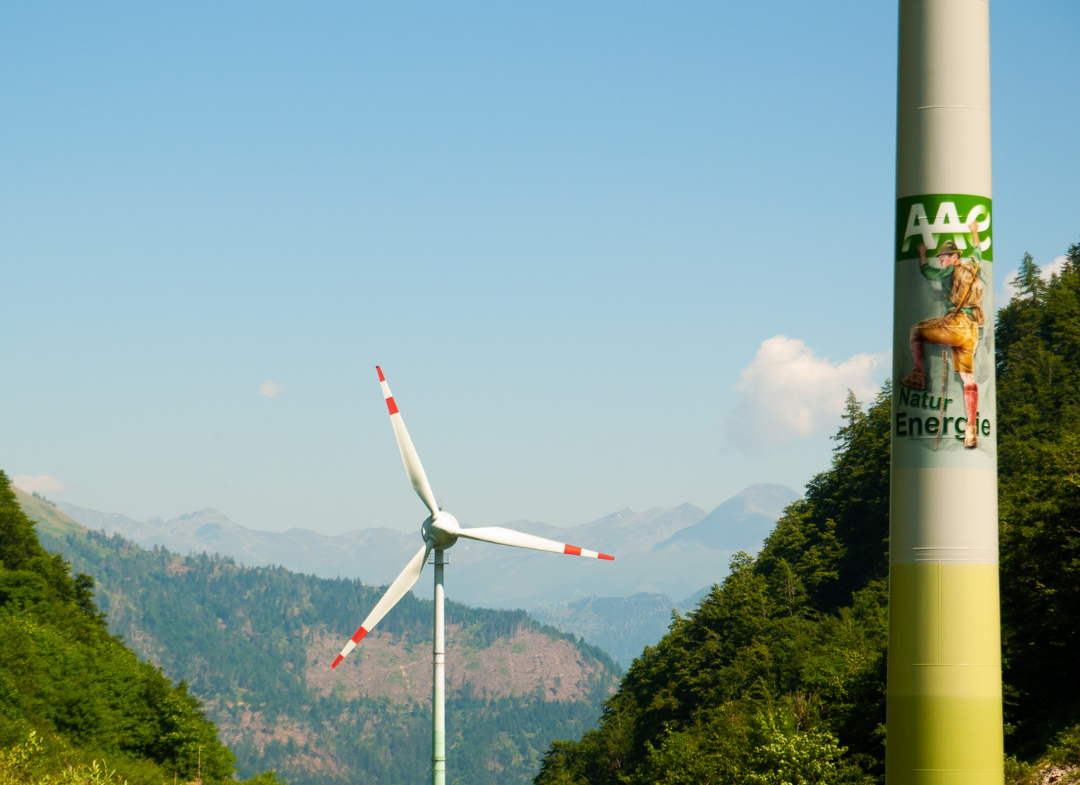Successful monitoring and targeted inspection of wind turbines after storms
In the vast expanse of 24,000 acres (=9,710 ha), scattered across the landscape, stand 62 wind turbines, each a crucial component of Tucson Electric Power’s (TEP) renewable energy infrastructure. However, amidst the serenity of their wind-powered operation, a formidable challenge looms: how to effectively monitor and inspect these turbines when nature unleashes its fury in the form of a severe thunderstorm?
Wind farm: Oso Grande Windfarm, Eastern New Mexico, USA
Turbine type: 62 wind turbines (48x Siemens SWT-4.5-145 and 14x Siemens SWT-2.3-108)

About TEP
Tucson Electric Power (TEP) is an electric utility serving southern Arizona in the United States and is a subsidiary of Fortis Inc. TEP deliver safe, reliable power to more than 447,000 customers. The Oso Grand wind farm is TEP’s largest single source of renewable energy. It generates 250 megawatts of electricity, covering the annual electricity needs of 100,000 households. The wind farm itself extends over 4,000 hectares.
This dilemma prompted TEP’s team to seek an innovative solution, leading them to embrace the smart On-Tower listening sensor technology. By harnessing the power of this cutting-edge sensor system, TEP has revolutionized their approach to turbine maintenance, enabling early damage detection, receiving notifications when lightning strikes, optimizing inspections, taking timely action, and saving costs.
Optimized monitoring and inspection
In the sprawling landscape of a large wind farm encompassing 62 turbines across 24,000 acres, routine inspection of rotor blades posed a considerable challenge, especially in the face of frequent lightning strikes. Traditional weather services fell short of providing the necessary insights for TEP team. Recognizing the importance of swift action in minimizing costs and downtime, TEP sought an innovative solution to enhance rotor blade monitoring and response efficiency.
The objective was clear: Find a monitoring solution that could deliver timely information and enable rapid intervention. After careful consideration, TEP discovered the On-Tower sensor system, ultimately selecting the eologix-ping product for its advanced technology and real-time data accessibility. This system not only enabled acoustic detection of blade damage, but also provided immediate alerts in the event of lightning strikes on the turbines.
Being ready on time is critical in addressing rotor blade damage, as delays can be more serious and damages can become more costly the longer you wait.

As this picture shows: The system in the tower detected a change in status. After the repair, the system detected existing anomalies and raised the alarm. Further damage to the rotor blade was detected so that TEP could take action in good time.
“After a storm, we were immediately informed by the eologix-ping team that something was wrong with our turbine. We stopped it and sent a team to inspect it. After the repair, the tower was put back into operation. However, the eologix-ping system immediately noticed that the blade damage indicator did not go back to the original value and alerted us again to check the blade. We found a large crack and took the turbine out of service. The system simplifies many tasks for us because we no longer need to inspect all 62 turbines; instead, we can focus solely on those that have incurred significant damage or experienced new lightning strikes.”
Michael Bryan, Asset Manager Tucson Electric Power, Oso Grande Wind
TEP, USA
Watching out for lightning strikes and surface damage – Now and in the future
Looking ahead TEP remains committed to leveraging the On-Tower monitor. One thing is clear to them: Ground-based inspections do not show a whole picture. By integrating drone technology into their monitoring strategy, TEP aims to validate warnings from the eologix-ping monitor promptly, thereby minimizing repair costs and downtime both presently and in the future.
By proactively monitoring for lightning strikes and damage, TEP ensures the resilience and efficiency of their wind turbine operations, setting a standard for effective asset management in the renewable energy sector.











